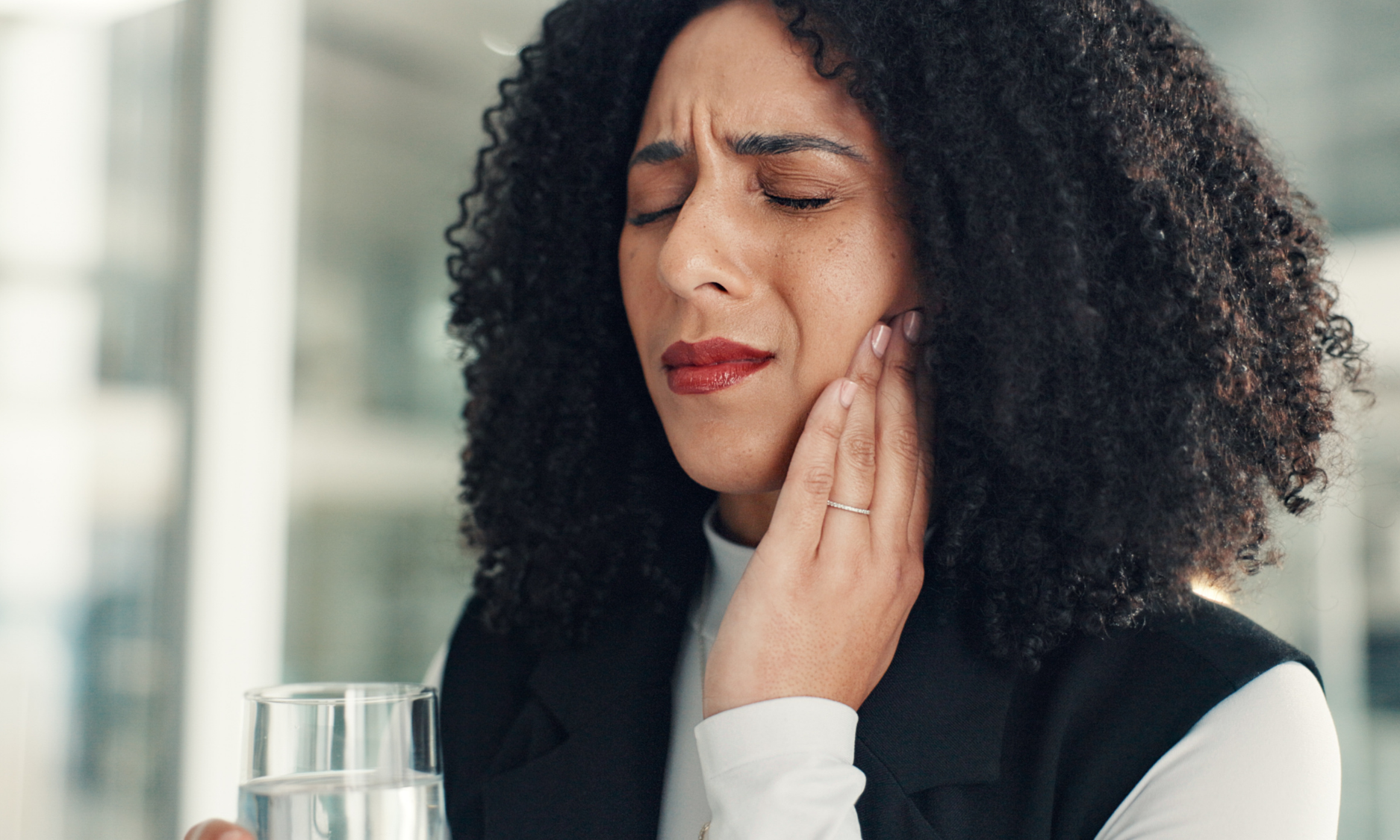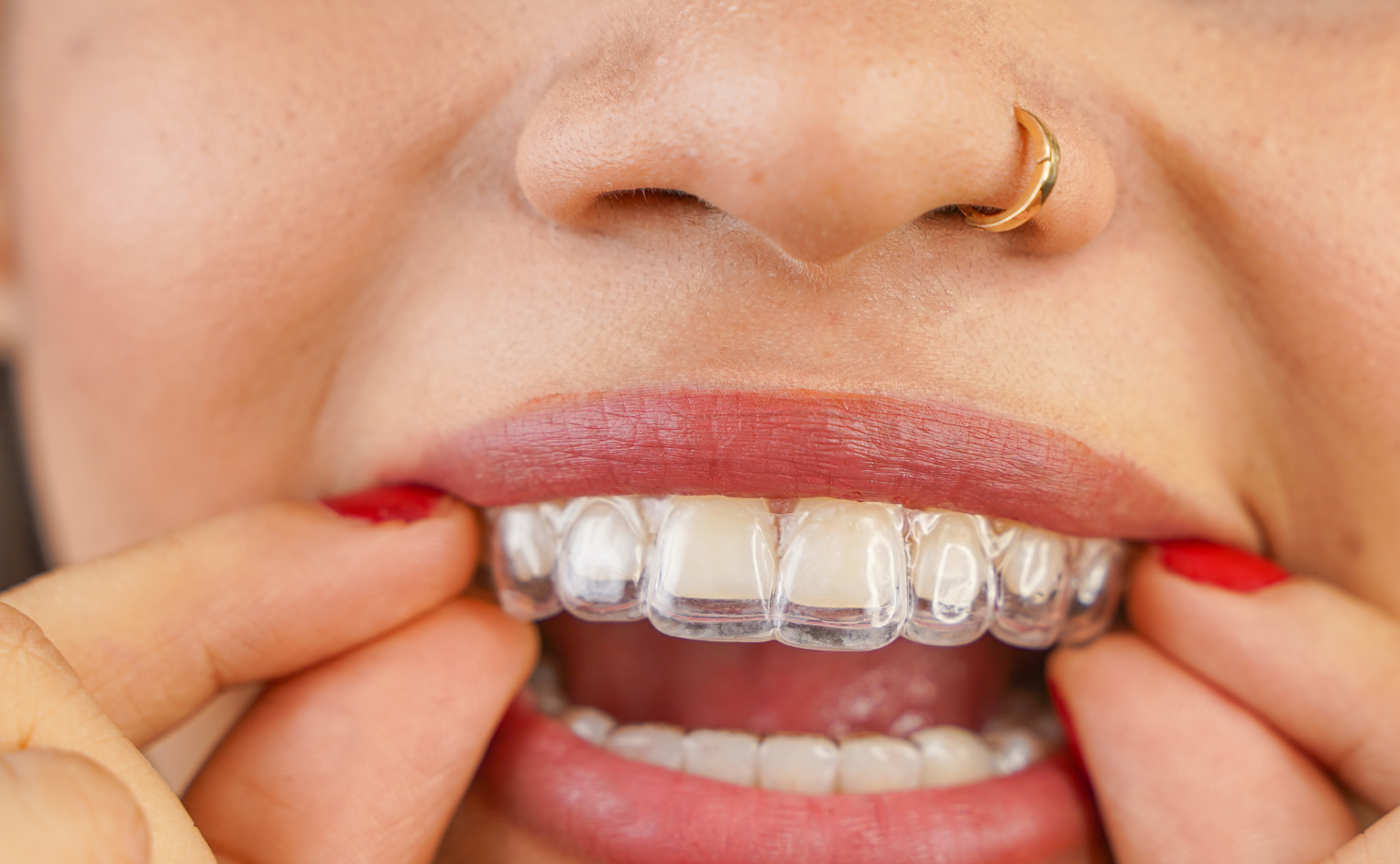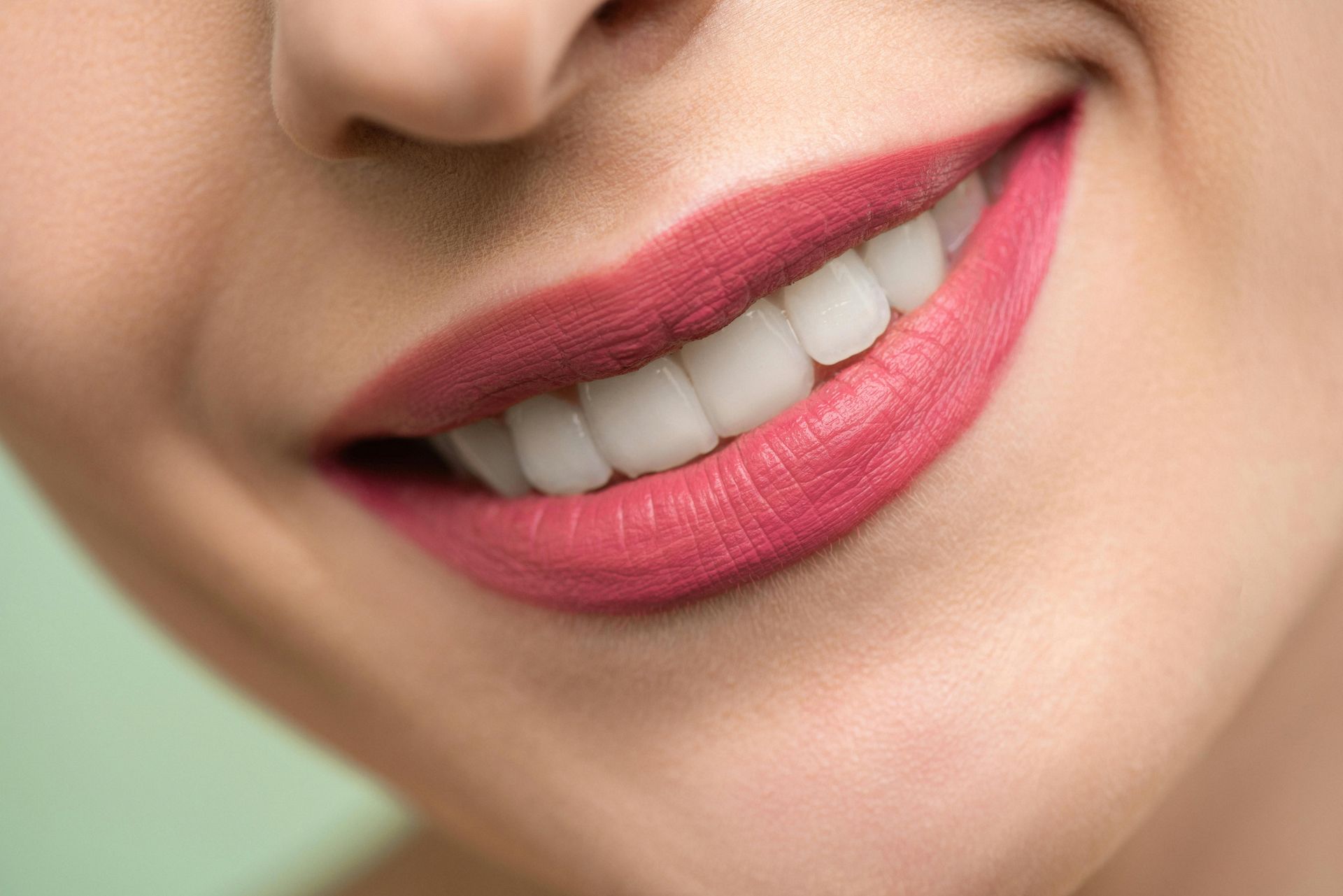Diabetic? Here’s How to Keep Your Gums Healthy and Prevent Periodontitis
If you’re diabetic, you probably know how important it is to eat a nutritious diet and exercise. Doing so helps keep your disease under control. However, it’s just as important to keep gums healthy by practicing good oral hygiene.
What Happens to Your Gums When You Have Diabetes
A study noted that diabetics are more susceptible to gum disease (periodontitis) than those who don’t have diabetes. Periodontitis, commonly known as gum disease, is a chronic inflammatory condition that damages the gums and the teeth’s supporting structures.
It occurs when bacteria in dental plaque trigger an immune response, which breaks down gum and tissue bone. For those who are not diagnosed with diabetes, several risk factors like smoking and genetics can increase the likelihood of developing this condition.
Diabetics are much more likely to develop gum disease because diabetes weakens their immune response and makes it difficult to fight off bacterial infections in the gums.
High blood sugar or glucose levels also contribute to heightened inflammation and impaired healing, which speeds up tissue damage. This means their bacterial recovery mechanisms are less effective than those of a person who isn’t diabetic.
Common Signs of Gum Disease
Some key symptoms to look out for include:
- Redness (instead of a healthy pink), swollen, or bleeding gums when brushing or flossing
- Gums that pull away from the teeth, making them look longer, due to gradual tissue loss
- Loose teeth or widening gaps due to lack of support to the surrounding dental structures
- Persistently dry mouth as a result of high blood glucose levels or medication
- Persistent bad breath despite frequent brushing
Practicing Proper Gum Care As A Diabetic
Gum care is important, whether you’re diabetic or not. Fortunately, it’s not too tough to prevent gum disease.
Aside from brushing at least twice a day and flossing at least once, here are some ways to help prevent gum disease and cultivate proper oral habits:
- Maintain proper blood sugar levels: Keep your diabetes well-managed by following your doctor’s advice on having a balanced diet, regular exercise, and prescribed medications.
- When brushing your teeth, use a soft-bristled toothbrush and fluoride toothpaste. Fluoride helps rebuild weakened enamel and makes your teeth highly resistant to acid attacks from bacteria and sugars in the mouth.
- Visit your dentist regularly: At Austin Elite Smiles, we recommend scheduling dental checkups every six months to maintain optimal oral health. Our Austin, TX office is here to provide thorough exams and cleanings to keep your gums and teeth healthy.
What to Do If You Suspect You Have Gum Disease?
Don’t wait until the eleventh hour to address gum disease. In its early stages, it may seem mild, but if left untreated, it can progress into a serious condition that leads to gum recession, and tooth loss, and even affects your overall health.
Prevention is always better than treatment, and regular dental visits are crucial in catching gum disease before it becomes severe.
Prevent Gum Disease and Ensure Proper Oral Health with Austin Elite Smiles
At Austin Elite Smiles, we focus on preventative dental services like early detection and intervention to stop gum disease in its tracks. We provide thorough examination using a periodontal probe that measures the pocket depths around your teeth. This helps us detect any signs of gum disease early.
Then, we follow up the checkup with professional cleanings to remove plaque and tartar buildup, while recommending a personalized treatment plan tailored to your gum health needs.
If you notice any signs of gum disease, call us ASAP, so we can address it before your next routine visit.
Keep gums healthy! Call Austin Elite Smiles today at 512-866-3800 to schedule an appointment. You can also
request an appointment online.














